Boundaries of Love
Good fences make good neighbors, a truth that highlights the power and benefit of boundaries. If well-defined and clear, boundaries establish certainty about how to be close without causing hurt. Fences and land boundaries have physical edges that are easily marked, whereas in a love relationship, personal boundaries are invisible. Where do you end and your partner begins? Emotions, being authentic, responsibility-taking and limits of emotional safety are not physical. They are hard to define. When joining with another in love to create a couple, we form both a collection of two individuals and one couple. They exist simultaneously. Which one takes supremacy? If boundaries are poorly formed, conflicts are likely.
Seeing two lamps as separate is easy, but where the light from one meets the light from the other is impossible to exactly determine. The light mingles and merges. The challenge is the same between two romantic partners. Keeping each partner distinct is difficult, especially in a relationship where closeness is a goal. Great inner strength and communication skills are a must for partners who wish to prevent negative friction or boundary violations from harming the development of closeness.
Contrary to the belief that in a love relationship we merge with our partner and become one, in actuality partners always stay separate. Paradoxically, the more partners are distinct and well-defined in their separateness the greater ability a couple has to achieve great closeness.
When boundaries are clearly defined and respected, partners are empowered to feel a positive togetherness, because emotional safety is fostered, a requirement for maintaining openness. Self-awareness, assertiveness and communication skills are strengths used to set limits. Healthy unions grow and adapt to life circumstances; boundaries are formed, moved and renegotiated continuously.
Our boundaries are an expression of our individuality and our right of self-determination. Boundary violations may happen in a variety of minor and major ways, such as being invaded, forced, disrespected and ignored. When boundaries are infringed upon autonomy is reduced and feelings are hurt. Defensive reactions to shore up a challenged boundary often takes the form of hurt and anger. Disrespected boundaries are taken personally as a statement of insufficient importance. When our invisible edges are trampled hurt feelings result. Unsolicited advice is received as an insult. When boundaries are not defined or respected, the potential of hurt and conflict are high. As a birthright each of us has the freedom to be the designer and sovereign decision-maker of our selves.
Without boundaries we risk losing ourselves in a relationship. Poorly placed boundaries exposes a partner to getting overrun by the other. Individuality may be lost. In the face of powerful love, a desire to merge is tempting, but in love relationships doing so will form poor relationship results in the long term. When healthy boundaries are not established, a relationship will generate resentments. Partners will react by disconnecting.
Strong partners are able to balance individuality and togetherness. Partners will always try to influence each other. Influence tests boundaries. Gentle influence is safe whereas force is a boundary violation. A relationship boundary need not be a fence nor a locked gate. It is a faint line drawn with love. The line is a non-verbal statement about how to love us. Respecting a boundary line is a way to show a partner that he or she is important.

